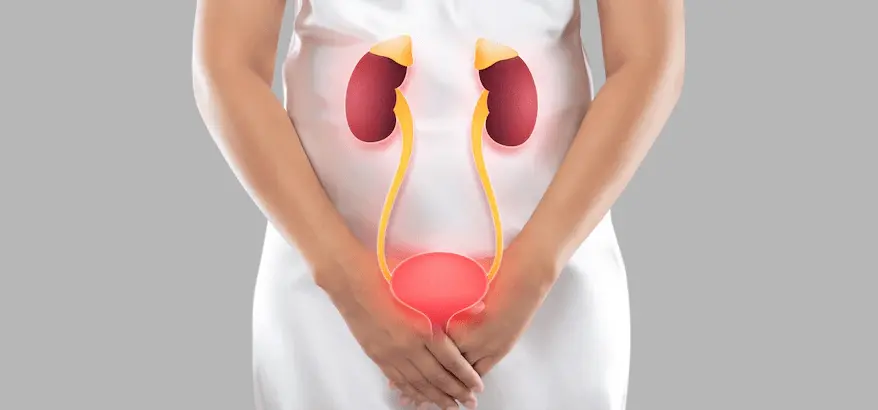
The urinary tract is a vital part of the body responsible for filtering waste and excess fluids. It comprises the kidneys, ureters, bladder, and urethra. The kidneys filter blood and produce urine, which travels through the ureters and collects in the bladder. The urine is then expelled from the body through the urethra.
Bacterial Entry
The most common cause of UTIs is the entry of bacteria into the urinary tract. The bacterium Escherichia coli (E. coli), found in the digestive system, is the primary culprit. When E. coli or other harmful bacteria enter the urethra and multiply, an infection can occur.
Several factors increase the risk of developing UTIs. These include:
- Female anatomy: Women have a shorter urethra, which makes it easier for bacteria to reach the bladder.
- Sexual activity: Sexual intercourse can introduce bacteria into the urethra.
- Menopause: Hormonal changes during menopause can increase the risk of UTIs in women.
- Urinary tract abnormalities: Structural issues in the urinary tract can make infections more likely.
- Catheter use: Indwelling catheters can introduce bacteria into the bladder.
UTIs can cause a range of uncomfortable symptoms, including:
- 1. Increased Frequency and Urgency
- 2. Pain or Burning Sensation
- 3. Cloudy or Bloody Urine
- 4. Fatigue and Malaise
Individuals with UTIs often experience a frequent urge to urinate. They may also find themselves making more trips to the bathroom than usual.
A common symptom of UTIs is a burning sensation or pain during urination. This discomfort occurs due to the inflammation caused by the infection.
UTIs can cause changes in the appearance of urine. It may appear cloudy, have a strong odor, or contain traces of blood.
Some individuals with UTIs may experience fatigue, general malaise, or even mild fever. These symptoms indicate that the infection has spread beyond the bladder.
To diagnose a UTI, healthcare providers employ several methods, including:
Physical Examination and Medical History
The doctor will perform a physical examination and ask about the patient's medical history, including symptoms experienced and previous UTIs.
Urine Sample Analysis
A urine sample is collected to analyze the presence of bacteria, white blood cells, and red blood cells. This test helps confirm the diagnosis.
Imaging Tests
In some cases, imaging tests such as ultrasounds or CT scans may be recommended to identify any structural abnormalities in the urinary tract
FAQ's
Services
- Kidney Stone
- Kidney Transplant Evalution & Surgery
- BHP
- Uro-Oncology
- Kidney Cancer
- Penis Cancer
- Bladder Cancer
- Prostate Cancer
- Testicular Cancer
- Urethral cancer
- Sexual dysfunction & Male infertility
- Erectile dysfunction and Impotence
- Andrology
- Robotic Surgery
- RIRS
- Blood in Urine
- Urinary Tract Infection
- Urinary Incontinence
- Prostate Gland
- Pediatric Urology & Laparoscopy
- Aging Male
- Female Urology
- Penis Enlargement
- Varicocele
- A-V Fistula & Ralated Vascular Access Surgery
